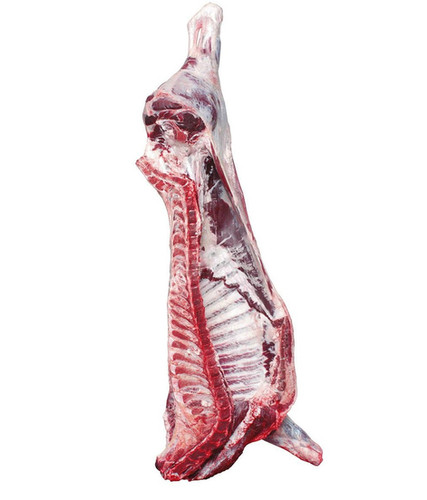~22 lbs
Mandarin Satsuma aka “Citrus Unshiu”, “Unshu Mikan”, “Naartjie”, “Satsuma Tangerine”, “Wen-Zhou-Mi-Gan”, “Wu-He-Ju”, “温州蜜柑”, “无核橘”, “溫州蜜柑”, “無核橘”
Mandarin Satsuma is a type of small mandarin orange with deep orange flesh and light-orange skin. This is the easiest variety to peel and is seedless. Mandarin Satsuma is a light orange that is mildly sweet and juicy. Mandarin Satsuma is available year-round.
Handling Tip
Selection
Satsuma mandarin has a pleasant citrus fragrance.
Satsuma mandarin feels heavy for its size and gives slightly to the touch.
The fruit is a uniform orange color without any blemishes.
Storage
Satsuma mandarin should be stored at 41°F – 46°F (5°C – 8°C) with a relative humidity of ninety-five percent and no mist.
The typical shelf life is up to four weeks.
Satsuma mandarin is not sensitive to ethylene, a naturally occurring gas that regulates ripening, and produces a low level of ethylene.
Satsuma is sensitive to chilling injury at storage below 41°F (5°C). Symptoms include peel pitting followed by increased susceptibility to postharvest decay.
Creating clear and transparent shipping and handling policies is crucial for a commodity trading company like Agropastoral Products Co., Ltd. Here's a framework for the Shipping and Handling Policy:
1. Shipping Policy:
a. Shipping Process: - Detail the steps involved in the shipping process, from order placement to delivery.
b. Shipping Rates: - Specify the shipping costs associated with various products or order amounts.
c. Delivery Timeframe: - Provide estimated delivery times based on location and shipping method.
d. Shipping Carriers: - Name the shipping carriers used and any partnerships that may influence shipping.
e. International Shipping: - Explain international shipping options, rates, and potential customs or import duties.
f. Tracking Information: - Describe how customers can track their orders and obtain tracking information.
g. Shipping Restrictions: - List any countries, regions, or products where shipping may be restricted or limited.
2. Handling Policy:
a. Packaging: - Describe how products are packaged to ensure safe transit and delivery.
b. Quality Assurance: - Explain any quality control measures or checks in place during the handling process.
c. Fragile Items: - Provide special handling instructions for fragile or delicate commodities.
d. Inventory Management: - Detail how inventory is managed to maintain accuracy and prevent errors in order fulfillment.
e. Returns and Exchanges: - Outline the process for handling returns, exchanges, or replacements related to shipping issues or damaged items.
3. Additional Policies:
a. Lost or Damaged Items: - Explain the procedure for reporting and addressing lost or damaged items during shipping.
b. Split Shipments: - Describe under what circumstances the company may split an order into multiple shipments and how this is communicated to the customer.
c. Free Shipping Offers: - Clarify conditions for free shipping, such as minimum order amounts or specific products.
d. Holiday or Peak Season Shipping: - Provide information about any special considerations or delays during peak seasons or holidays.
e. Force Majeure: - Address how the company handles unforeseen events like natural disasters, strikes, or other force majeure events affecting shipping and delivery.
f. Contact Information: - Provide contact details for customers to reach out for shipping-related queries, concerns, or support.
Regularly update and review these policies to ensure they align with your company's operations and any changes in shipping or handling processes. Communicating these policies clearly to your customers will help manage their expectations and provide a positive shopping experience.














Reviews
There are no reviews yet.